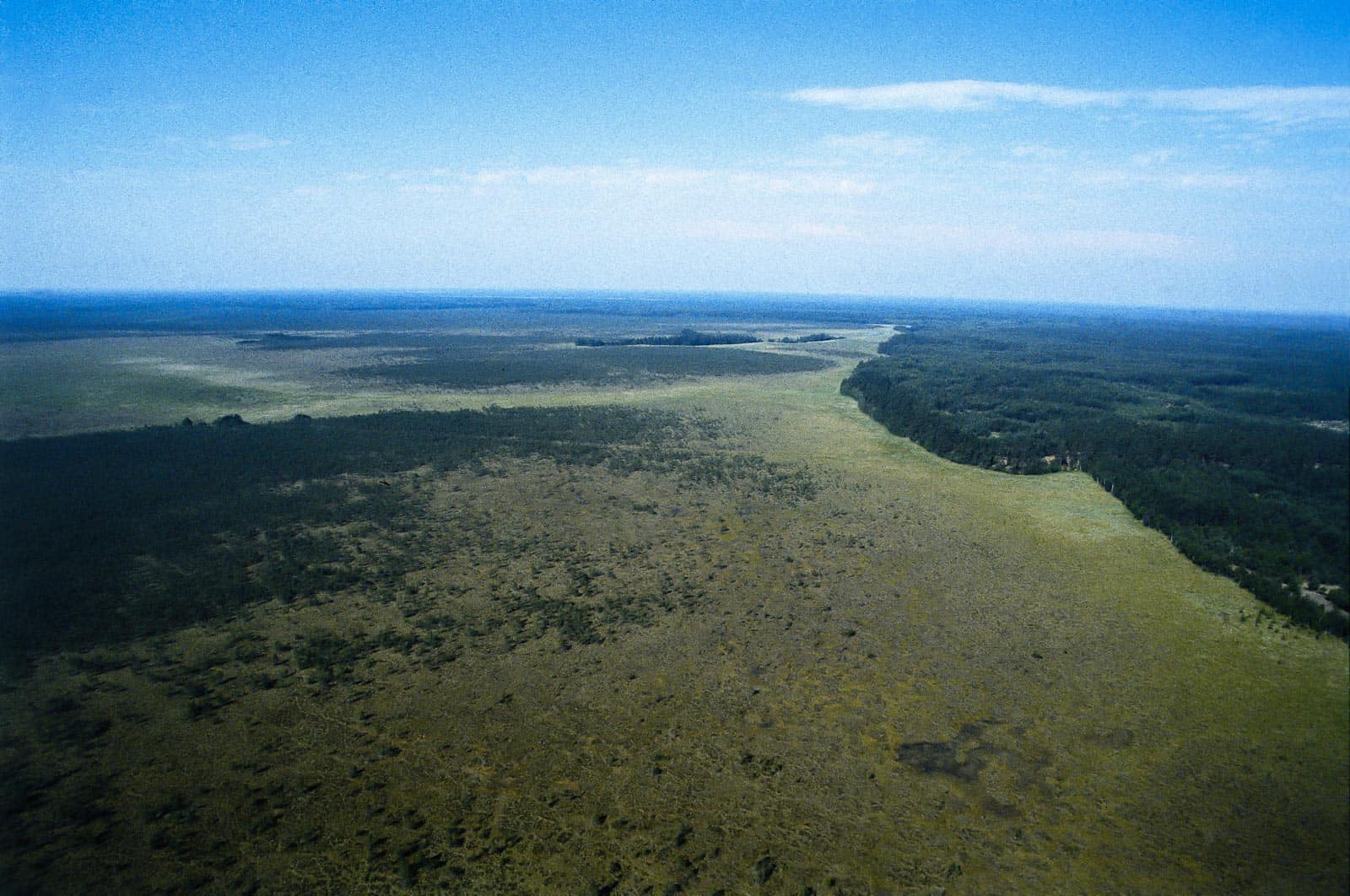Wilderness in Natura 2000
When writing this post, 2235 days (more than 319 weeks, 73 months or 6 years) passed away since the European Parliament adopted its special Resolution on Wilderness on 3 February 2009. This period seems long enough to look back and see what the most emerging issues are in Europe linked to the improved protection of Wilderness.
The European Parliament included 26 points in the adopted text of the resolution. There have been a lot of achievements, which were all very important to take our cause further. Let us include the list of the most important outcomes since early 2009:
- the European Commission financed the development of a special Wilderness Guideline for Natura 2000 managers, which is available in English on the DG Environment’s website
- the Wild Europe Initiative with the contribution of a wide range of organisations developed a European definition of Wilderness (which is used in our European Wilderness Quality Standard)
- the European Commission financed the development of a European Wilderness register, which our team developed together with colleagues. It is also available online together with the technical publication of indicators
- as a response to the call of the European Parliament for better protection (point 10: “devote special attention to the effective protection of Wilderness areas”) our Society developed its European Wilderness Quality Standard and Audit System
- The European Wilderness Network with more than 40 areas was created.
However there are also very important calls, which the European Commission and Member States have not responded yet to. Our team came across with one of these forgotten issues during its Wilderness audit work in Königsbrücken Heide. The European Parliament called for giving “a special status to and stricter protection for Wilderness zones in the Natura 2000 network” and for guaranteeing that “the Natura 2000 network will be strengthened further to become a coherent and functioning ecological network in which Wilderness areas have a central place”.
In our view these points can easily be dealt with a better interpretation of the current directives. No legislative changes are required, but a guidance should be given to Natura 2000 manager how to integrate Wilderness management into the constantly updated management plan and the annual action plan of Natura 2000 sites.
What are the most important points which a manager should take into account?
- Wilderness stewardship plans can and should be updated regularly (in every 5-10 years)
- there must be an annual work plan to guarantee the implementation of the Wilderness stewardship plan
- a monitoring programme must be in place which provides the inputs to the regular update of management plan
- the conservation objectives must include the maintenance of Favourable Conservation Status through using non-intervention management principles (in other words take Wilderness stewardship as an objective!)
Through this post we call the managers to ensure that when the next update of Wilderness stewardship plan is scheduled Wilderness will be integrated into the document as a conservation objective.









